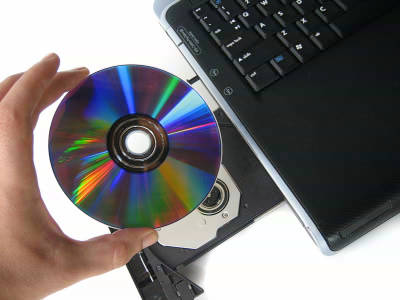15 state-of-the-art technologies that you should know to change everything
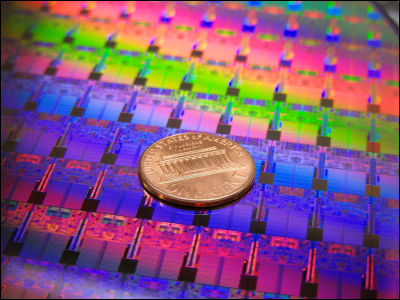
The fourth circuit element "memristor", 32 core CPU, the end of graphic board, USB 3.0, wireless power supply, 64-bit computing, Windows 7, Google desktop OS, gesture based remote control system, two way In the television and newspapers, such as the distribution platform "tru 2 way", the end of DRM, etc., it is not reported that the latest technology of IT system is much more than thought, but if you know it beforehand it will surely help you Then, know, there is no loss.
So, PC World's "15 Hot New Technologies That Will Change EverythingBased on an article titled "15 Hot New Techniques to Change All Things", I will introduce the 15 latest technologies that you should know about possibly changing everything.
Details are as below.
Part 1: Fourth circuit element "memristor"
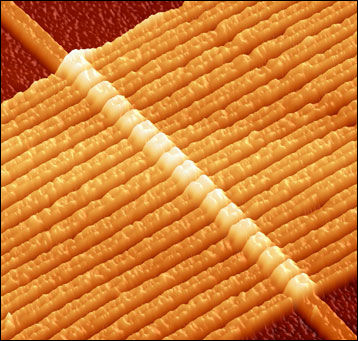
At the moment there are only 3 types of resistors, inductors and capacitors that can be used as basic components of electronic circuits. But in 1971 researcher Leon Chua of the University of California at Berkeley theoretically suggested the fourth possibility, and 37 years later, Hewlett-Packard's laboratory will make up the fourth circuit element "memristor" Especially succeeded. It seems that it became the name "memristor" in the sense of "memory resistor" because it does not lose the information once stored.
HP, the first circuit transistor "memristor" for the first time actually created | WIRED VISION
The research team is convinced that this discovery will open up a way to instantly launch PCs, more energy-efficient computers, and new analog computers that process and associate information in the same way as the human brain.
According to R. Stanley Williams, one of the four researchers belonging to the information and quantum research team at HP Institute that produced memristor, the most interesting feature of memristor is to memorize the amount of charge flowing inside It is said.
In other words, it will be possible to create a personal computer that can start and end instantly.
Moreover, this "memristor" is theoretically cheaper than flash memory, it gets much faster, and the recording density of a larger capacity becomes possible. For that reason, "memristor", which is less expensive and less powerful than flash memory, begins to appear by 2012, replacing DRAM between 2014 and 2016. And it is estimated that another 20 years will be spent on the emergence of "memristor" based computers.
Part 2: 32 core CPUs from Intel and AMD
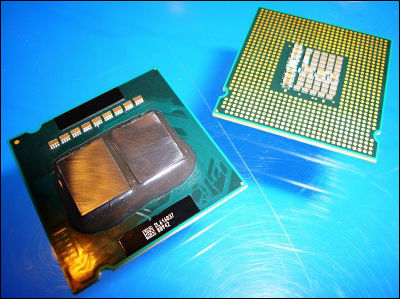
Although the old CPU had only a single core, now quad core (four cores) is mainstream, and that wave is beginning to rush to notebook PCs. This is simply because the gigahertz race that speeds up is abandoned, and as a result the times have shifted to competition to improve multitasking and processing power. The key is "miniaturization".
Intel is planning to release a processor that has been downsized from the current 42 nanometer to 32 nanometer in 2009, it is said that Itanium-based 6 core CPU will be forthcoming, followed by code name "Nehalem" , The product brand name "Core i7" is said to be shipped from 2008 to 2009. It is said that it has 8 cores.
In addition, I heard that AMD is also planning an 8 core CPU called code name "Montreal".
In the meantime, Intel was planning to issue a 32 core CPU called codename "Keifer" in 2010, but due to its complexity it has been canceled at this time.
In 2010, Intel's multi-core CPU will be 32 cores - GIGAZINE
However, as planned, 16 cores of 22 nanometers will be realized in 2011 or 2012 and will reach 32 cores in 2013 or 2014.
Incidentally, Intel says "we can have hundreds of cores".
Part 3: The end of graphic board, integration with GPU
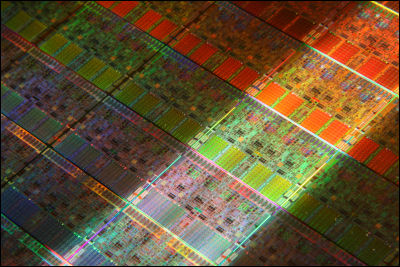
In Intel's codename "Nehalem" generation CPU, AMD seems to measure the native integration of CPU and GPU in the codename "Swift" generation. As AMD has already acquired ATI, a graphic card maker, this is a fairly realistic story.
Also, as 75% of notebook users do not have graphic boards individually, it seems that they can aim at this layer. For example, 4 cores out of 16 cores are used for graphic processing, and so on.
Both companies are planning to release in 2009.
· Part 4: Speed up further external devices by the appearance of USB 3.0
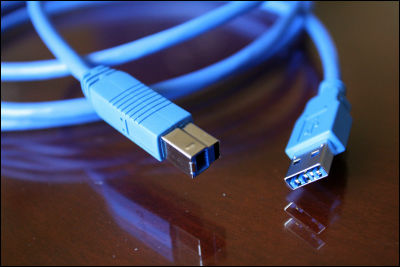
Devices supporting more than 2 billion USB connections to date have been sold, and it is undoubtedly the biggest success story in the history of computing.
However, as terabyte-class hard disks are becoming major now, the existing USB transfer rate of 480 megabits / second seems to be inadequate. Therefore, the next USB 3.0, the official name "SuperSpeed USB" is expected, and the theoretical maximum processing capacity of the connector is 4.8 gigabits per second. To put it this way, it is the speed at which you can transfer the entire CD-R1 disc in 1 second.
"USB 3.0" that realized 10 times the communication speed of the past has appeared - GIGAZINE
The USB 3.0 is said to have backward compatibility, the current supply capacity was 100 mA for the conventional low power and 500 mA for the high power, but it increased to 100 to 900 mA for the USB 3.0. Therefore, it seems that it is possible to drive the iPod more quickly, or to drive a device that could not be driven due to insufficient power by only USB connection.
Specification of USB 3.0 will be completed soon and will be released to the general public in 2010.
· Part 5: Wireless power supply
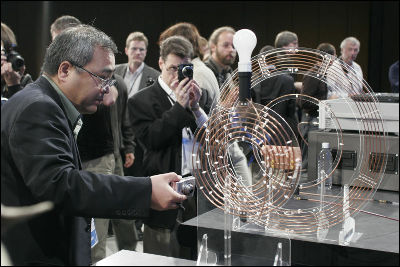
Various things are becoming wireless, but the power is still connected among the cords among them. I will try to make this power wireless. It is already announced by Intel.
Intel Develops "Wireless Power" Unnecessary Power Cord and Publishes Performance Movie - GIGAZINE
Assuming that all goes well smoothly, it seems that it may be realized for laptop computers in 6 to 8 years.
· Part 6: More memory by 64-bit computing spread
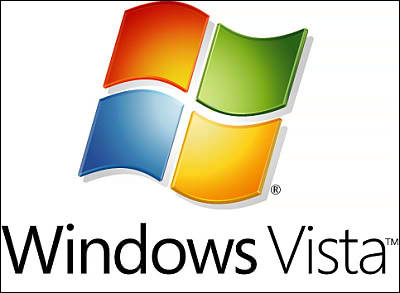
Although Intel introduced the first 32-bit CPU in 1986, until 1993 there was no Windows that fully supports 32-bit CPU. It fully supported 32-bit CPU from Windows NT 3.1.
And now, Windows is about to shift to 64-bit, which is an inevitable situation. This is because 32 bit Windows can not use more than 3 GB of memory, so 32 bit is not completely thrown out in the next "Windows 7". However, the transition to 64-bit in "Windows 7" is accelerated, and in the next "Windows 8 (provisional)" it is expected that more will be 64-bit. It is expected to be the earliest in 2013.
By the way, already Mac OS X Leopard is 64 bit.
· Part 7: "Windows 7" emerged
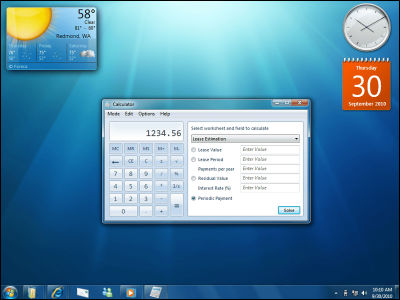
The next Windows "Windows 7" is expected to implement functions that were supposed to be installed in Vista but not installed, and a new file system adopting a database that has been rumored for a long time " WinFS "may also be realized.
Performance is improved, compatibility with Vista is to be maintained as well, and Microsoft is planning to release "Windows 7" in January 2010 (officially not yet decided) .
· Part 8: Desktop OS provided by Google

Google began searching and finally began offering browsers called Google Chrome and Android based mobile platforms. Perhaps next, the possibility of offering "OS" like Windows is gradually increasing.
It is unknown how much it impacts, but Google Chrome has successfully occupied about 1% of the browser market in the first 24 hours.
As a general prediction, the operating system that Google will develop and will come out as a set with cheap hardware, perhaps supposed to be a customized version of the basic Linux distribution. If it is supposed to be released, it is expected to be 2011 in a timely manner.
· Part 9: Gesture-based remote control system

Although speech recognition and brain wave control still have not succeeded to the extent of becoming a complete replacement for the mouse, it seems that there is a high possibility that it will be a substitute for the mouse for the system that recognizes the gesture.
The pioneer of this gesture recognition system is Toshiba, which already adopts gesture recognition to play multimedia at "Qosmio G 55".
It is expected that this technology will appear in the mainstream market in the years from 2012.
· Part 10: Simplification of television business by the appearance of bidirectional distribution platform "tru2way"
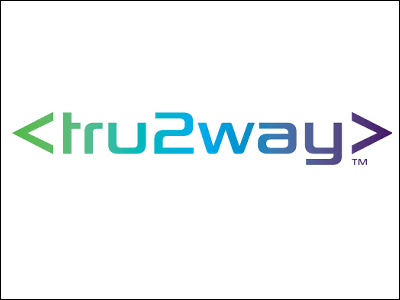
In Japan, terrestrial digital broadcasting has been encrypted, interaction of recorded contents can not be freely done, and inconveniences have occurred, but similar things have already been a problem in the United States. This American version B - CAS card is called "CableCARD".
ITmedia Enterprise: Can not substitute home appliances? Check the digital media function of Vista (2/3)
CableCARD can obtain a small card (almost the same size as a PC card used in many notebook computers) from a cable TV provider and attach it directly to a TV set or another receiver, It is a new standard that makes it possible to receive signals. This method is unnecessary to be bound by a TV set-top box, and it is attractive to users because it can use digital video from any device as long as it is compatible with CableCARD.
With Vista PC equipped with appropriate hardware, digital cable tuner, and compatible service, you can receive digital cable signals by plugging in CableCARD and users can use the Media Center interface (standard with Home Premium and Ultimate in Vista) ) And the remote control, you can watch, record and play TV programs.
In the United States, CATV is popular in about 70% households, and until now CATV can not be received unless it is via the set top box designated by each CATV company, but if it corresponds to this CableCARD, CATV It will be able to receive. It is kind of like the relatives of the B - CAS card. So, it seems like it looks convenient if you look far, but the constraints are not extraordinary.
Transfer restrictionYou can not stream live or recorded TV programs from CableCARD devices to other computers including Vista PCs, transfer them to portable devices, or record them on DVDs. However, it is possible to stream TV programs to Xbox 360 or future Vista compatible Media Center Extender.
Receive onlyCurrently, CableCARD devices, including Vista PCs, can only send simple requests, such as channel changes, to the cable network. Video on demand and pay - per - view type services can not be used.
Supported PCFor reproduction of high definition content of CableCARD, "PC compatible with digital cable" is necessary. That is, a PC that is certified to have a graphics card conforming to the HDCP (High-Definition Content Protection) standard is necessary. At the time of publication of this article, such a PC is not supplied. Such PCs are supposed to be offered only from OEMs that initially signed a specific license agreement with Microsoft, and system builders can not create digital cable compatible PCs. Also, there are no plans for general users to be able to make such PCs themselves.
Corresponding monitorDigital input terminals of TV or monitor, such as DVI (Digital Video Interface) and HDMI (High-Definition Multimedia Interface) terminals, must support HDCP. Even when the monitor does not support HDCP, CableCARD content sent from the digital input terminal can not be played back. For analog VGA connections, high definition video is compressed to low resolution (960 x 540) and then upscaled by the graphics card. In the analog component (RGB) connection, playback is performed at the maximum resolution of the monitor.
Cable TV provider supportMany cable TV providers are reluctant to support CableCARD and support a way to rent their set-top boxes to users. For example, users report cases in which they are forced to discourage the use of CableCARD, or where additional charges are placed on the installation.
Similar restrictions apply when playing high-definition DVD (HD DVD or Blu-ray) on Vista PC. For example, if there is no HDCP compatible graphics card, it can not be played at all and if there is no HDCP compatible monitor or display, it is better than the standard DVD, but the resolution is low. In addition, even in the case of HD DVD or Blu-ray, the installation of additional software is required for playing DVD.
As a result of these complicated and strange specifications and restrictions, the spread has not advanced at all and the American television industry seems to have felt a sense of crisis intensely. As expected it was too much to do. So, as a new, more flexible and simple standard for handling "Tru2wayI thought of something like that. This is an open platform for providing rich content via CATV's cable model (STB).
[Report] CES 2008 - "CATV is the real interactive media" Comcast, 160 Mbps to high-speed communication (1) Bi-directional distribution platform "tru2way" | Internet | My Computer Journal
He says the content is written in standard Java and open API, and once it describes the application it works on any compatible device. Partners include cable modem (STB) makers such as Motorola and Cisco Systems, as well as consumer electronics manufacturers such as Panasonic and Samsung. Also Microsoft is partner and said it is possible to play tru2way content on Media Center Edition.
Besides normal TV, it is assumed to operate on various devices such as mobile phones, portable devices, game machines, PCs, etc. Participating companies can see the appearance of the heavyweight of the PC industry, as well as STB manufacturers, home electronics manufacturers
Panasonic has already begun selling this tru2way compatible TV in the latter half of October, and Samsung is planning to newly enter in the middle of 2009 as well.
In Japan as well, B-CAS unnecessary theory is being screamed and it is a perfect transition to terrestrial digital, so possibly it is not possible to deny the possibility that this tru2way grade change will occur.
· Part 11: The end of digital rights management (DRM)
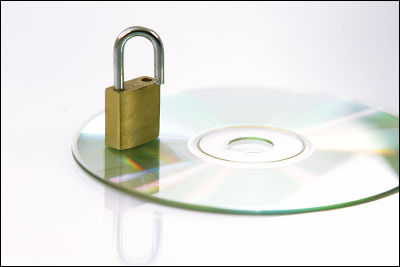
Industries feared of a decline in revenue due to copyright infringement have tried to avoid being shared by P2P software for free by creating DRM copy restriction and copy prohibited format like a mountain, but what type Whether it's DRM or not, it will break through.
On the contrary, saying that it is in a state of being overwhelmed that if you use the content protected by the DRM by using the law, you are in a state of being overwhelmed that you are going to be extraordinarily inconvenient and that it is no longer functioning to suppress copyright infringement It is not too much anymore.
In the future it is no longer a matter of time to move movies and music to something that is not protected by DRM, and songs that have not been protected by DRM are already on sale at Amazon and the iTunes Store. It is highly likely that DRM will die in 2020.
· Part 12: Any cell phone can be freely used by any communication carrier
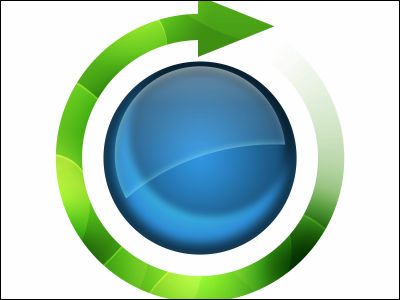
The reason why the price of mobile phones is cheap is because communication carriers have issued subsidies and introduced long-term contract binding, but this is basically not the case in Japan, basically the same in other countries like the United States .
However, boasting the second largest number of subscribers in the country "Verizon Wireless"Declares that it will open up its mobile network.
Verizon plans to open a mobile network: ITpro
In other words, US users contracting with Sprint using the same CDMA (Code Division Multiple Access) mobile phone networking technology may be able to use their mobile phones even on Verizon's data network I'm saying that.
Since AT & T and T-Mobile are actually feeling as if they are opening up with a combination of a terminal unlocked by GSM and a SIM card, it is a countermeasure against it, and iPhone and Google ofAndroidIt seems to be conscious of such as.
In fact, the entire mobile phone industry is heading towards the trend toward openness, it is not certain when the full openness will be realized, but in 2010 it will be realizing a new open network .
· Part 13: Touch interface such as touch panel and multi touch

Since the advent of iPhone with multi-touch support, Eee PC 900's multi-touch setting and DELL tablet PC "Latitude XT"Table type touch computer under development by Microsoft"Microsoft Surface"The interface that touches with this multiple fingers shows signs of further growth, and in 2006 it is already shipping more than 200,000 touch screen devices.
According to analysts' forecasts, it is estimated that as many as 833 million touch screen devices will be sold in 2013, of which simple 'single touch' devices may become obsolete and be destroyed.
· Part 14: Mobile phone replaces banknotes

In Japan it is already "Mobile wallet"Non-contact payment functions using mobile phones are becoming widespread, but similarly, similar functions are realized by using mobile phones instead of air tickets overseas as well as mobile coupons and hotel check-in etc. It is said that it is. Apparently the settlement function by mobile phone is a global trend, and it seems that there is a possibility to surpass the settlement method of existing credit card etc.
· Part 15: High quality GPS compatible service

LBS (location-based service, location information service) is expected to become more active in the future, the cause of which is due to further advancement of the GPS function to be installed in future mobile phones.
A number of startup companies that used this location information service have already appeared overseas, and "MeetMoiIn the service of being able to meet with other members in the vicinity from their position and date it. "WhrrlIn the service of your friend, you can know where you are at once, comment and evaluate based on the location information on the map about the place you've been to, It is possible to share those information and it is also possible to display it if there is something nearby. "ULocate"The service is similar, and local search such as informing friends where you are now and finding a nearby food store is also possible with GPS.
In 2009 and 2010, further advancement of this location information service is expected by GPS.
Related Posts:
in Note, Mobile, Software, Web Service, Hardware, Posted by darkhorse



